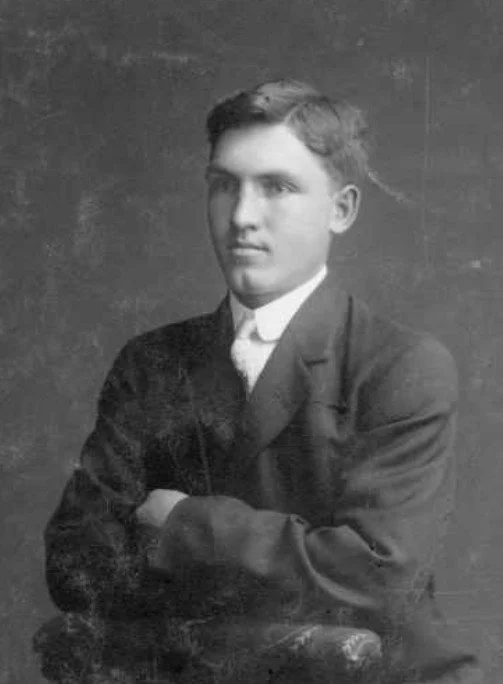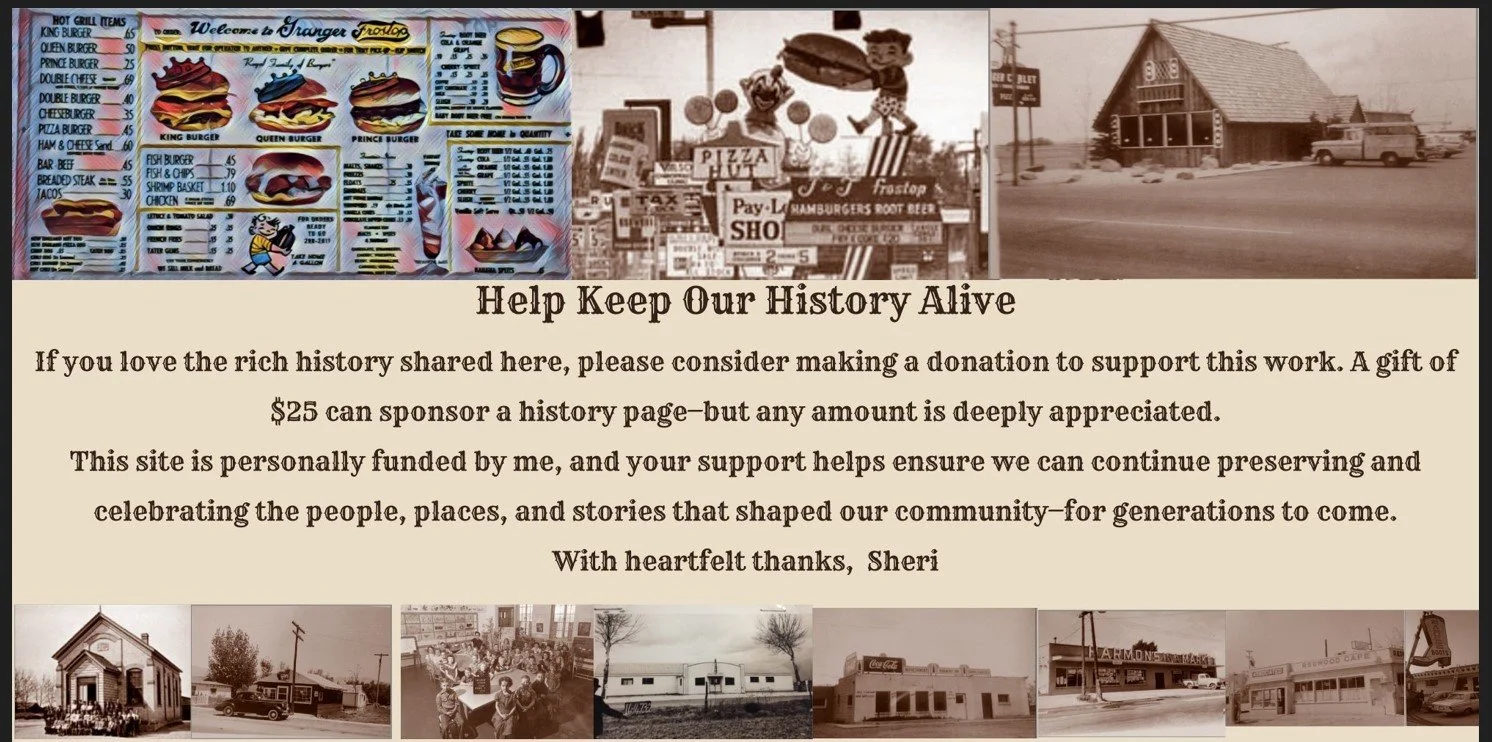Estel L. Wright: Bringing Subdivisions
Estel L. Wright: The Man Who Believed in Granger
In 1938, a man named Estel L. Wright looked across the open farmlands at 3500 South and 2700 West and saw something others didn’t—possibility. At the time, the area west of the Jordan River carried a reputation few investors wanted to touch. Banks and lending institutions refused to issue loans for property there, considering the land too far, too swampy, and too risky.
But Wright saw the future.
In 1942, he built Granger’s very first housing development—six modest frame homes on his own farmland at 3200 West and 3700 South. The homes sold quickly, and soon he followed with seven more on 3800 South. These may have seemed like small beginnings, but they marked a turning point in the growth of Granger.
Progress, however, came with challenges. New county regulations required full subdivision planning before homes could be built, slowing Wright’s momentum. Water and drainage issues made matters worse. Most families still relied on old wells for culinary water, and the high water table made septic systems unreliable, turning yards soggy and foul.
Yet Wright wasn’t one to give up. Drawing on his experience as Vice President of American Savings and Loan, he began convincing lenders that land in Granger was a solid investment. His confidence and persistence paid off. American Savings became one of the first financial institutions to finance homes west of the Jordan River—and before long, other banks followed.
Thanks to Estel L. Wright’s vision, what had once been dismissed as unbuildable farmland began transforming into the neighborhoods and communities that would later define West Valley City.



